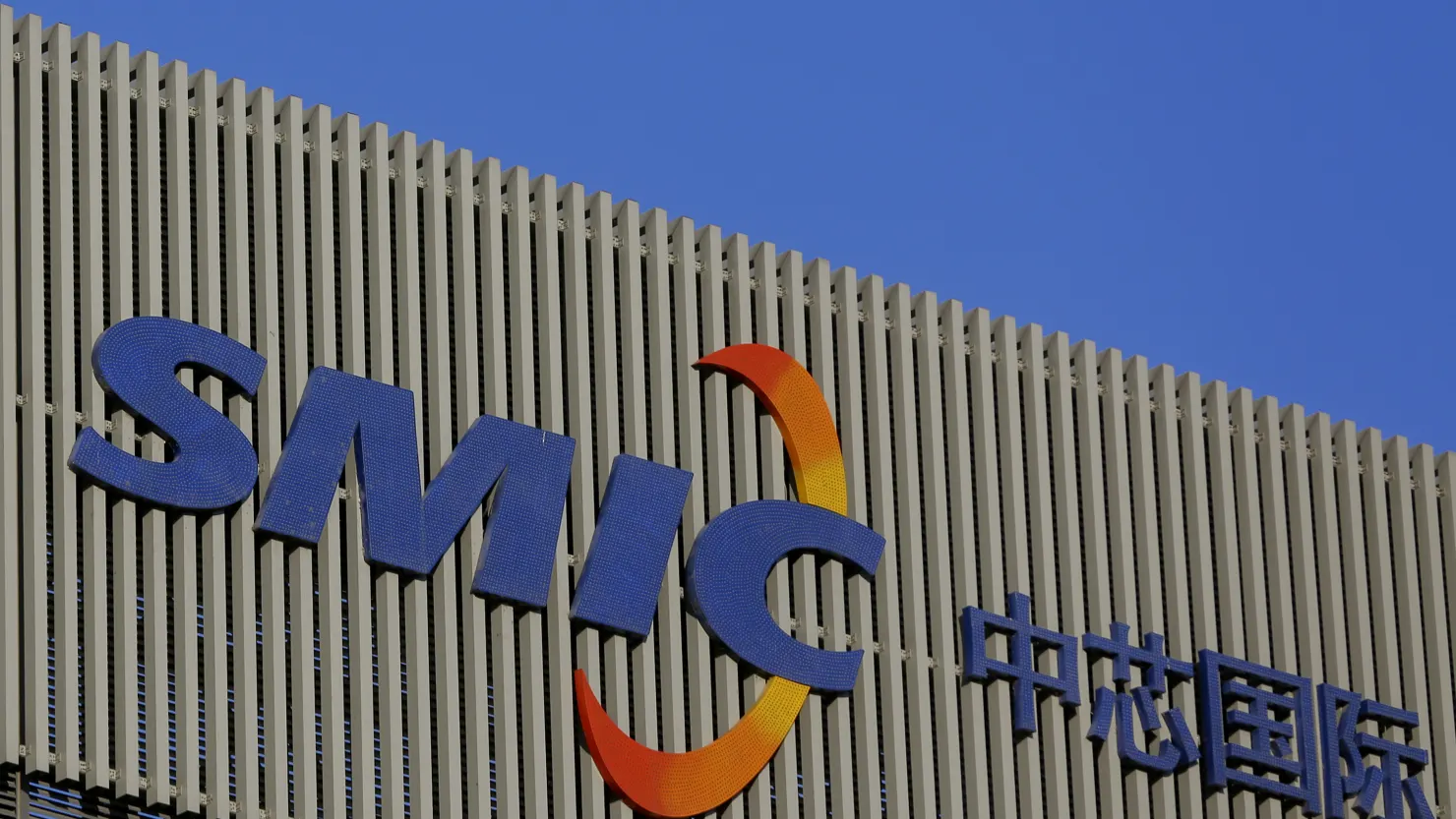Shares of Semiconductor Manufacturing International Corporation (SMIC), China’s largest contract chipmaker, dropped nearly 7% on Friday after its first-quarter earnings fell short of expectations. The company reported a revenue of $2.24 billion for Q1, marking a 28% year-on-year increase, while profit attributable to shareholders surged 162%, reaching $188 million. However, both figures missed analysts’ estimates of $2.34 billion in revenue and $225.1 million in net income, as well as the company’s own projections.
During the earnings call, SMIC explained that production fluctuations led to lower blended average selling prices, which contributed to the miss in earnings. This challenge is expected to continue in the second quarter, with the company forecasting a revenue decline of 4% to 6% sequentially. Gross margin is also projected to fall to between 18% and 20%, down from 22.5% in the first quarter.
Despite the disappointing financial results, SMIC experienced positive trends, such as a 15% increase in wafer shipments compared to the previous quarter and a 28% year-on-year growth. The company attributed this growth to customer shipment pull-ins, driven by geopolitical changes and increased demand from domestic government policies like trade-in programs and consumption subsidies.
In another encouraging sign, SMIC’s first-quarter capacity utilization reached 89.6%, up 4.1% from the previous quarter, reflecting strong domestic demand, particularly in the smartphone and consumer electronics sectors. The company emphasized its ongoing expansion efforts, noting that it is in an important period of capacity construction and market share growth.
However, research and development spending decreased to $148.9 million in Q1, down from $217 million in the previous quarter. This could pose challenges as the company aims to keep up with growing demand while expanding its capabilities. SMIC primarily generates revenue from older-generation semiconductors, commonly used in consumer electronics and industrial equipment, which are less advanced than cutting-edge chips.
While SMIC is central to China’s push for semiconductor self-sufficiency, it faces limitations in advancing its production of high-performance chips due to U.S.-led export controls. Despite these hurdles, the company has made strides, with advanced chips now appearing in Huawei products, including the Mate 60 Pro smartphone and some AI processors.
READ MORE:
